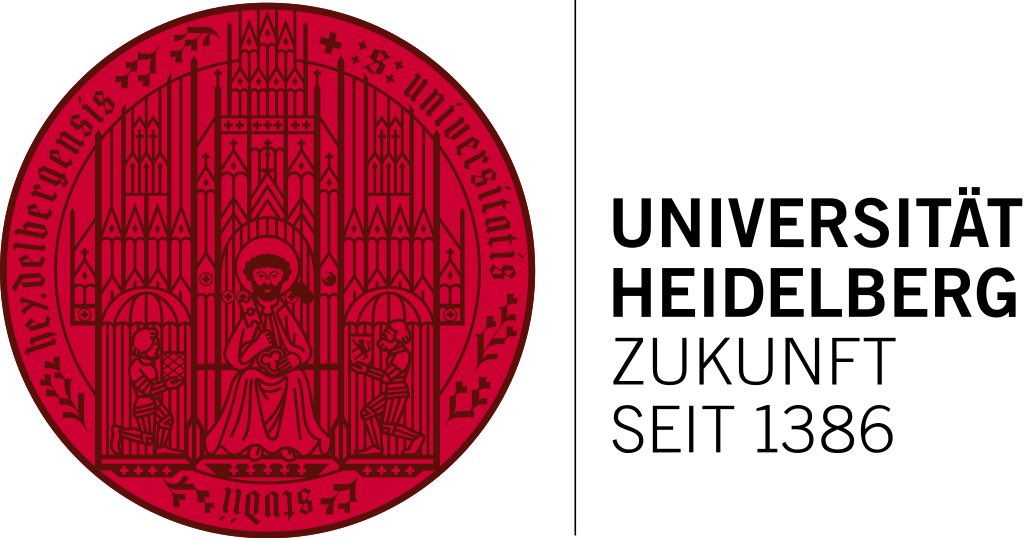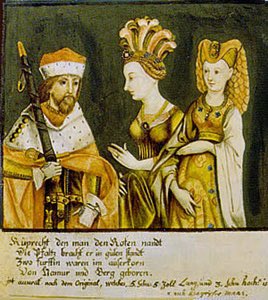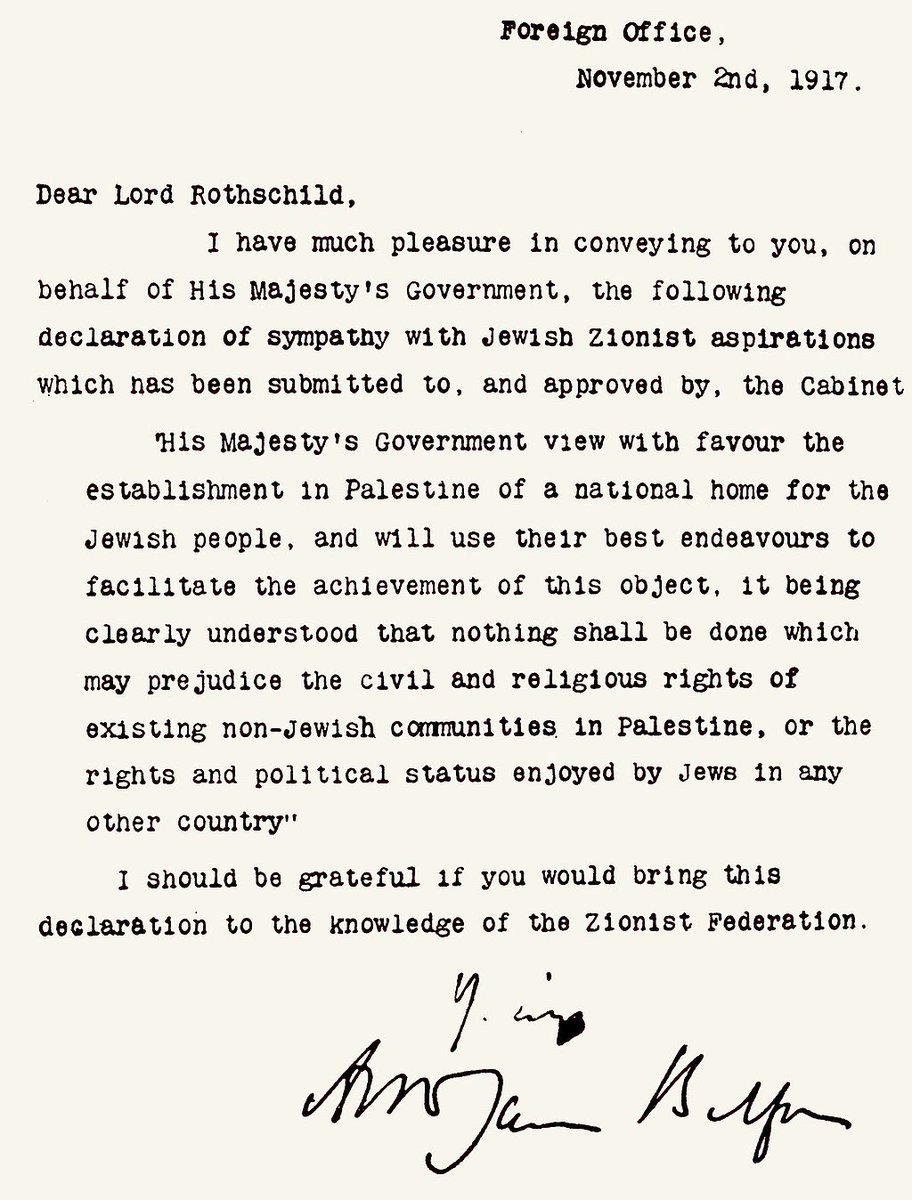
Teresa at Catholic high school in South Africa Courtesy of Heinz family
Her parents were José Simões-Ferreira, Jr., a Portuguese-born oncologist and tropical disease specialist, and Irene Thierstein, a Portuguese and British national. Irene Thierstein's father was the scion of
Her parents were José Simões-Ferreira, Jr., a Portuguese-born oncologist and tropical disease specialist, and Irene Thierstein, a Portuguese and British national. Irene Thierstein's father was the scion of

a Swiss-German family living in Malta, and her mother was the half-French, half-Italian daughter of an Alexandrian shipowner who traded with Russia during the Crimean War; both emigrated to Portuguese East Africa.
Henry John Heinz (October 11, 1844 – May 14, 1919) was an American entrepreneur who, at the age of 25, co-founded a small horseradish concern in Sharpsburg, Pennsylvania. The Borough of Sharpsburg is located along the Allegheny River just over 5 miles (8 km) outside of downtown 

Pittsburgh. Sharpsburg has a rich history dating back to the 18th century when the Seneca people settled into the area. One Seneca in particular, Guyasuta, has a special connection to the community. After the war, the aging Guyasuta worked to establish peaceful relations with
the new United States as his nephew, Cornplanter, became a more diplomatic figure. Guyasuta was a maternal uncle to Cornplanter and Handsome Lake. Cornplanter was born between 1732 and 1746 at Canawaugus (now in the Town of Caledonia) on the Genesee River in present-day
New York State. He was the son of a Seneca woman, Gah-hon-no-neh (She Who Goes to the River), and a Dutch trader, Johannes "John" Abeel II. The Dutch had settled in the area generations before, and Cornplanter's father, an Albany fur trader, was part of an established family.
The Abeel family name was sometimes Gaelicized to O'Bail and O'Beal or anglicized to Abeele. John Abeel II (1722–1794) was connected to the Schuyler family, leaders in business and politics. The grandfather after whom he was named, Johannes Abeel I (1667-1711), was a trader and
merchant who built up links with the indigenous people along his trade routes, and who served as the second mayor of Albany, later the capital of New York Johannes was born shortly after Great Britain assumed control of the former Dutch colony of New Netherland and renamed it as
New York in 1664. Abeel used some of his profits to take part in land purchase, resale and development, including the 1705 Westenhook Patent. But the fact seems to have been generally overlooked, that Westenhook, or the Patent of Westenhook, embraced a much larger area and
included a very large portion of the Housatonic valley in Berkshire county. The original history of Westenhook is briefly this: Forty years before the commencement of settlements in Southern Berkshire, Peter Scbuyler and Derrick Wessells were engaged in the Indian trade at
Albany. Both were members of his "Majesties Council," were familiar with the natives who resorted to Albany to barter their furs, and were interested in obtaining lands from the Indians, at small cost. To these men, with others, the Patent of Westenhook was granted, in 1705.
This patent is based upon deeds given by the Indians the record of some of which we have seen - the earliest in 1685. others in 1703 and 1704. This, then was the patent of Westenhook, reaching from a point below Canaan Falls many miles northward; in its southern part extending
to the mountains on both sides of the river; in Sheffield bounding east on the river and running west on to Mount Washington; to the north of Sheffield including four miles east of the river arid stretching westward to Rensselaerwyck and Kinderhook. Its northern boundary, as
described, the rift called Pack-wack-e (Pack-a-wack..ne - .where a stream runs between high rocks) is evidently the fall at Glendale, or the limestone gorge just above, and the intermediate fall "Sasigtonack" (Sah-seeg-ton-ock, - water splashing over rocks,) we have no doubt is
the fall at the north end of Great Barrington village. But the fall at Glendale was not, in fact, the northern limit of Westenhook, nor was it so understood by the proprietors. In the Patent of Westenhook, as in other New York documents of a little earlier date, the river is
called "Westenhook" -- the Dutch name -- which, (as is also our Housatonic) is an apparent corruption of the commonly' accepted Indian name of the river, -- " Hooestennuc" -"the river beyond the mountains."
The derivation of Housatonic - which, as we have said, is a corruption of the Indian name of the valley has been frequently discussed and we have but little to add to what is known relative to it. Dr. Timothy Dwight is the authority for "Hoo-es-ten-nuc" and for its signification
Elisabeth Dwight Woolsey (1838–1910) married Daniel Coit Gilman[
Daniel Coit Gilman (/ˈɡɪlmən/; July 6, 1831 – October 13, 1908) was an American educator and academic.[1] Gilman was instrumental in founding the Sheffield Scientific School at Yale College,[2] and subsequently
Daniel Coit Gilman (/ˈɡɪlmən/; July 6, 1831 – October 13, 1908) was an American educator and academic.[1] Gilman was instrumental in founding the Sheffield Scientific School at Yale College,[2] and subsequently

served as the second president of the University of California, Berkeley, as the first president of Johns Hopkins University, and as founding president of the Carnegie Institution. He was also co-founder of the Russell Trust Association, which administers the business affairs of
Yale's Skull and Bones society. At Yale he was a classmate of Andrew Dickson White, who would later serve as first president of Cornell University. The two were members of the Skull and Bones secret society, and traveled to Europe together after graduation and remained lifelong
friends. In October 1858, White accepted a position as a Professor of History and English literature at the University of Michigan, where he remained on faculty until 1863. In 1863, White returned to reside in Syracuse for business reasons. In November, he was elected to the
New York State Senate on the Union Party ticket.[21] In the Senate, White met the fellow upstate Senator Ezra Cornell, a self-taught Quaker farmer from Ithaca who had made a modest fortune in the telegraph industry.[6] Around then, the senators were called on to decide how best
to use the higher education funding provided by the Morrill Land-Grant Colleges Act, which allocated timberland in the Midwest, which states could sell as they saw fit. Through effective management by Cornell, New York, generated about $2.5 million (equivalent to $53 million in
today dollars[22]) from its allotted scrip, a greater yield per acre than any state except perhaps California.
In 1891, Leland and Jane Stanford asked White to serve as the first president of Stanford University, which they had founded in Palo Alto, California. Although he
In 1891, Leland and Jane Stanford asked White to serve as the first president of Stanford University, which they had founded in Palo Alto, California. Although he
refused, he recommended his former student David Starr Jordan.
While at Cornell, in 1871, he took leave to serve as a Commissioner to Santo Domingo, along with Benjamin Wade and Samuel Howe, at the request of President Ulysses Grant to determine the feasibility of an American annexation of the Dominican Republic. Following his resignation
in 1885 as Cornell's president, White served as the minister to Russia (1892–1894) As of December 1916, White had reduced some of his obligations, resigning from the Smithsonian Board of Regents and the trustees of the Carnegie Institution. In the fall of 1916, President
Woodrow Wilson appointed White to a peace commission to prepare a treaty with China. His first term was largely devoted to pursuing passage of his progressive New Freedom domestic agenda. His first major priority was the Revenue Act of 1913, which lowered tariffs and began the
modern income tax. Wilson also negotiated the passage of the Federal Reserve Act, which created the Federal Reserve System. Two major laws, the Federal Trade Commission Act and the Clayton Antitrust Act, were passed to promote business competition.
At the outbreak of World War I
At the outbreak of World War I
in 1914, the U.S. declared neutrality as Wilson tried to negotiate a peace between the Allied and Central Powers. Johns Hopkins was inspired particularly from Germany's historic Heidelberg University 



In 1386, Heidelberg University was founded by Rupert I on instruction of Pope Urban VI who demanded modelling it after the ancient University of Paris. 

The University of Paris (French: Université de Paris), metonymically known as the Sorbonne (French: [sɔʁbɔn]), was the main university in Paris, France, active from 1150 to 1970, with the exception of 1793–1806 under the French Revolution. In 1150, the future University of Paris 

was a student-teacher corporation operating as an annex of the Notre-Dame cathedral school.
• • •
Missing some Tweet in this thread? You can try to
force a refresh




